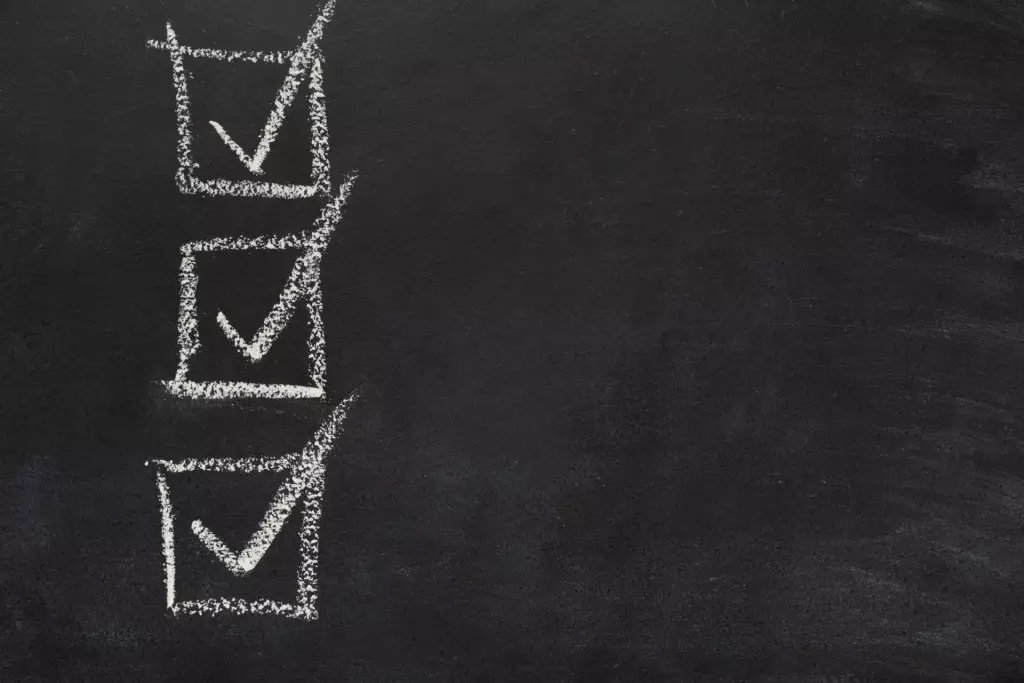Medicine Shortages: When the Pharmacy Shelf Is Empty
- 09/06/2025
Medicine shortages may seem like a logistical or supply chain issue. Something for procurement teams, regulators, or distributors to worry about. But step closer, and you’ll see that the roots of many shortages are entwined with pharmacovigilance.
Yes, drug safety and supply disruptions often share the same origin story. Let’s unravel how.
Safety Concerns and Drug Bans
One of the lesser-discussed causes of drug shortages is regulatory action based on safety concerns. When a drug is temporarily or permanently withdrawn from the market, this can leave a significant supply gap – especially if the product has few or no alternatives.
The DrugCard platform, which continuously monitors medical literature and regulatory announcements, sometimes flags such cases. For instance, a medicine might face suspension due to unreported adverse reactions, manufacturing quality issues, or failure to update the Summary of Product Characteristics (SmPC) with new safety information.
These regulatory actions are not just safety signals but direct precursors to regional or global shortages.
Medicine Shortages as a Public Health Concern
Consider this scenario: A widely used medication is suddenly restricted after reports of severe hypersensitivity reactions emerge. A pharmacovigilance specialist identifies the signal and informs the authority, and regulatory action follows. While this protects patients, the move can also create a ripple effect in clinical practice.
Doctors scramble for alternatives. Pharmacies can’t restock. Patients are left confused.
This isn’t a hypothetical. Think of valsartan or ranitidine – all affected by safety concerns and later involved in supply disruptions. These cases highlight why pharmacovigilance teams must anticipate the broader consequences of safety actions.
Real-world cases of Safety-Triggered Medicine Shortages
1. Ranitidine – Withdrawn due to NDMA impurities, triggering global shortages of H2 blockers.
2. Hydroxychloroquine – A demand-driven shortage, initially sparked by unproven claims of COVID-19 efficacy and lacking safety oversight.
3. Metamizole – Periodic bans in some EU countries due to agranulocytosis risks, leading to sudden local unavailability.
In each case, safety monitoring – or the lack of it – played a crucial role in determining the availability or absence of essential medicines.
How Pharmacovigilance Specialists Can Anticipate Medicine Shortages
Pharmacovigilance isn’t only about signal detection. In the context of medicine shortages, it includes:
- Monitoring national regulatory authority announcements for drug suspensions, restrictions, or recalls.
- Tracking literature for mentions of rare or unexpected ADRs that may impact market authorization.
- Identifying formulation or manufacturing issues noted in case reports that may escalate to supply chain disruptions.
- Contributing to risk-benefit assessments that consider both patient safety and availability concerns.
Proactive pharmacovigilance means asking: “If we report this signal, what’s the real-world impact if the product becomes unavailable?”
Collaboration Is Key
Pharmacovigilance professionals should work alongside supply chain experts, regulatory affairs teams, and healthcare providers. Together, they can plan mitigation strategies, such as therapeutic alternatives, stockpiling critical medicines, or timely patient communication.
This multidisciplinary approach ensures that safety decisions do not unintentionally harm public health by creating accessibility gaps.
Conclusion
Medicine shortages aren’t just a problem for hospital pharmacists or wholesalers. They are a patient safety issue that pharmacovigilance teams cannot ignore.
Whether it’s due to a signal that led to a regulatory ban or a cascade of withdrawals following new safety data, the connection is clear: drug safety issues often trigger drug shortages.
So next time you detect a safety signal, pause for a moment and think – what will happen after the drug is gone?
- 08/12/2025
- Drug Safety


